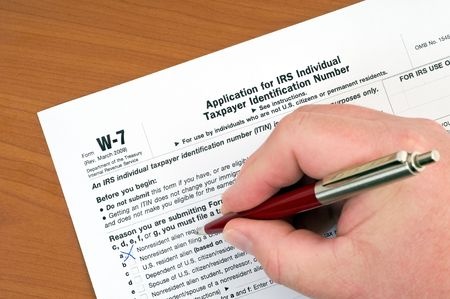Foreign Students in the US
There are over 1 million foreign students studying in the United States on a F, J, M or Q visa. Most of them have a healthy fear of making errors on their tax return or forgetting to file entirely. Errors or failure to file could result in fines, being reclassified as a US tax resident or, worst case scenario, deportation. It’s important for these individuals to look for the right information and know who to ask for help. A tax advisor is often their best bet for getting the right information explained in the simplest way possible.
Students who aren’t US citizens, residents with a green card or pertain to the substantial presence test are nonresident aliens. Nonresident aliens have up to five years to study in the US under certain visas and can only be taxed on US source income as long as certain reporting obligations are met. They risk being taxed on their worldwide income or become subject to extensive reporting on assets held in their home country if they do not take the proper steps to remain a US tax nonresident. Filing IRS Form 8843 each year to claim a statutory coverage, is the key to avoid becoming a resident alien.
Substantial Presence Test
Resident aliens have either lawful residency or satisfy the substantial presence test. Resident aliens are responsible for paying taxes and reporting on all sources of income both inside and outside of the US.
The substantial presence test is met if a foreign student is in the US for at least 31 days during the current year and for at least 183 days either in the current year, or over the course of three years. The 183 US presence days in a three year window is determined as the number of days the student is in the US in the present year, plus one third of the days in the previous year, plus one sixth of the days in the year before that.
Scholarships
Foreign students should also be aware of what scholarships can and can’t be taxed in the US. Qualifying scholarships and money that is awarded to them outside of the US are non-taxable. Qualified scholarships are non-taxable for anyone studying in the US. These apply to money required for a student’s education, such as: tuition, fees, books and supplies required to enroll and properly attend classes.
Taxable scholarships on the other hand, include: room and board, travel expenses and other basic necessities that don’t directly relate to completing course work. Funds that aren’t put towards a degree are also taxed along with fellowship grants.
If a foreign student receives a taxable US scholarship, fellowship, or participates in on or off campus employment, he or she must report this income on US Nonresident Alien Income Tax Return Forms 1040NR-EZ or 1040NR. In addition, if the student is from a country where the US has a bilateral Income Tax Treaty, such as Canada or the United Kingdom, the student may be able to exclude or reduce tax on their fellowship or employment income. The treaty election will be filled out on Form 8833 along with a 1040NR-EZ or 1040NR. To file a US tax return, the student must hold a valid US Social Security Number or an Individual Taxpayer Identification Number. The latter can be obtained by filing Form W-7 with certain prescribed supporting documents.
Your Next Step
It’s a lot to take in. It’s important that foreign students look for the information in the right places when filing their taxes. Then they will be able to focus on their studies, which is the reason they came to the US in the first place.
If you have questions about the above post, please let us know and we would be happy to help you. You can contact us here.




